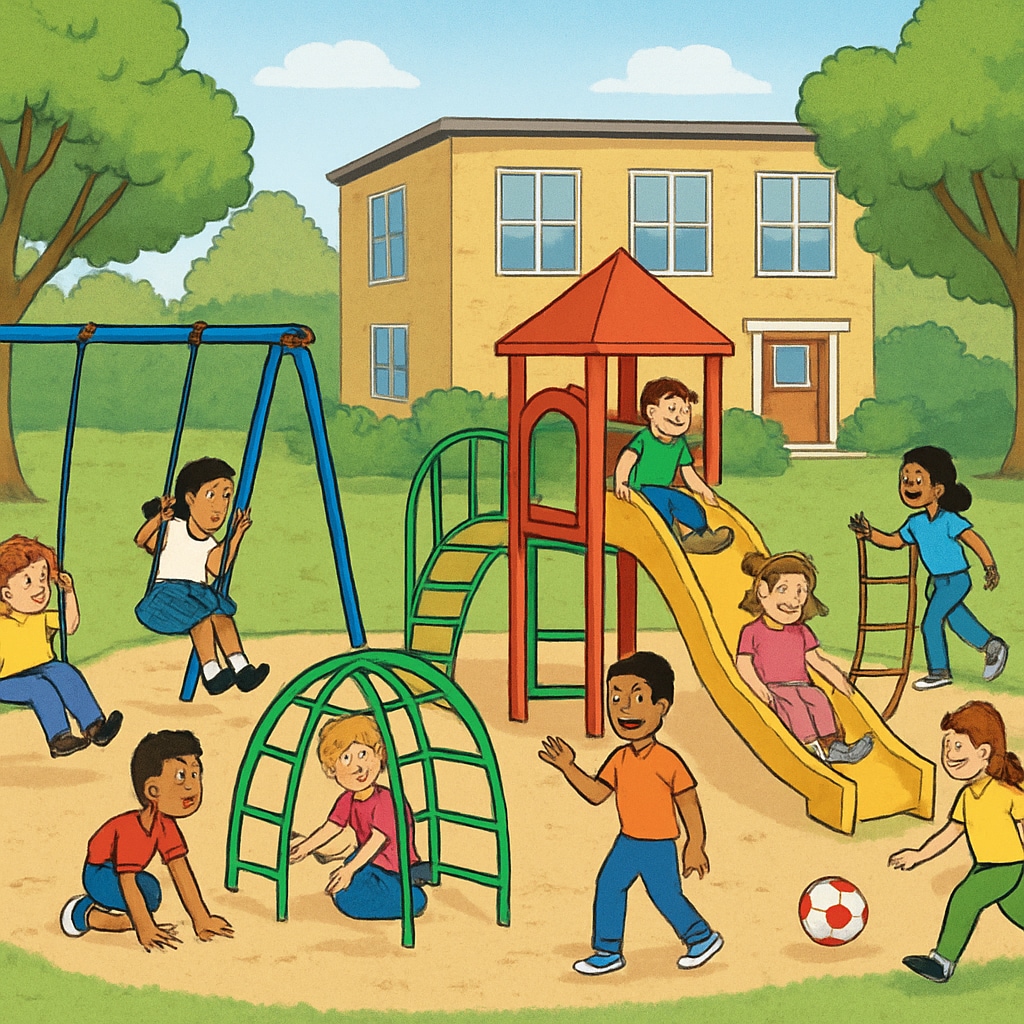The temporary relocation of school campuses can significantly impact children’s development, raising concerns about the school environment, missing facilities, and reduced parent-school interaction. These transitions, while often necessary due to renovations or unforeseen circumstances, require careful planning to maintain a positive educational experience for young learners.

Challenges of Temporary School Relocations
Relocating a school campus introduces several challenges that can affect a child’s educational and social experience. The change in space often disrupts their routine, leading to feelings of uncertainty or anxiety. Additionally, temporary campuses may lack essential facilities such as playgrounds, science labs, or art rooms, limiting opportunities for holistic development. Reduced interaction between parents and school staff due to logistical changes further compounds these issues.
For example, a study published by Britannica highlights the importance of consistent environments for young learners, emphasizing how abrupt changes can hinder their social and emotional growth. Similarly, the educational environment plays a critical role in fostering creativity and collaboration among students.
Addressing Space and Facility Concerns
To mitigate the impact of space and facility limitations, schools can adopt creative solutions. For instance, temporary modular classrooms can provide structured learning spaces, while nearby community centers can serve as venues for extracurricular activities. Schools should prioritize maintaining access to outdoor areas, as physical activity is crucial for children’s mental and physical well-being.

Furthermore, integrating virtual learning platforms can complement physical spaces, offering students access to digital resources and remote instruction during the relocation period. This approach ensures continuity in their academic progress while addressing the gaps caused by missing physical infrastructure.
Strengthening Parent-School Interaction
Reduced parent-school interaction during temporary relocations can lead to parental concerns about their children’s progress. To address this, schools should implement clear communication strategies, such as regular newsletters, virtual parent-teacher meetings, and transparent updates about the relocation process. Encouraging parental involvement in transitional activities, like setting up temporary classrooms or organizing community-based events, fosters collaboration and eases concerns.
In addition, schools can use technology to enhance communication. For example, mobile apps or online portals allow parents to monitor their child’s academic performance, receive updates, and stay informed about upcoming activities. These tools help bridge the gap caused by physical distance or logistical challenges.
Collaborative Solutions for Positive Growth
Ensuring a successful transition during temporary school relocations requires collaboration among educators, parents, and local authorities. Schools should actively engage all stakeholders in planning and decision-making processes, addressing concerns and working together to create a supportive environment for children.
Key strategies include:
- Conducting pre-relocation orientations to prepare students and parents for the changes.
- Partnering with local organizations to provide access to missing facilities, such as sports fields or libraries.
- Creating feedback mechanisms to continuously improve the temporary setup based on the experiences of students and parents.
By prioritizing these solutions, schools can ensure that children experience minimal disruption and continue to thrive academically, socially, and emotionally in their new environment.
Readability guidance: Short paragraphs, active voice, and clear transitions make the article accessible and engaging. Lists summarize key points effectively, while external links provide additional context.


